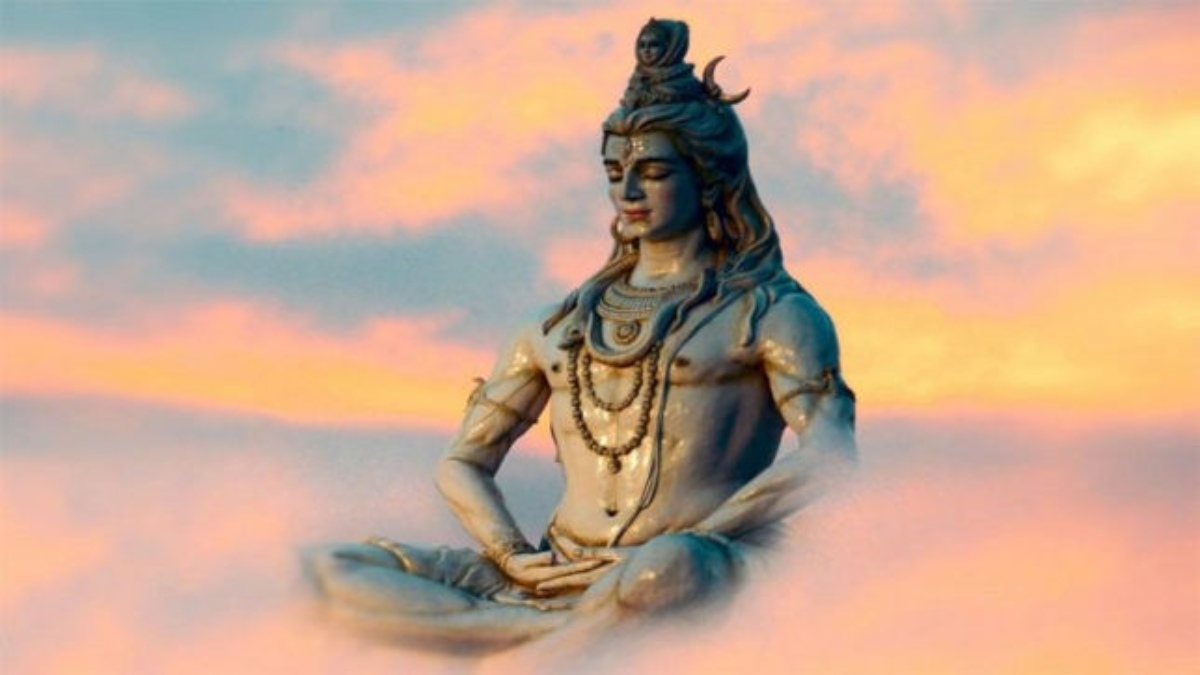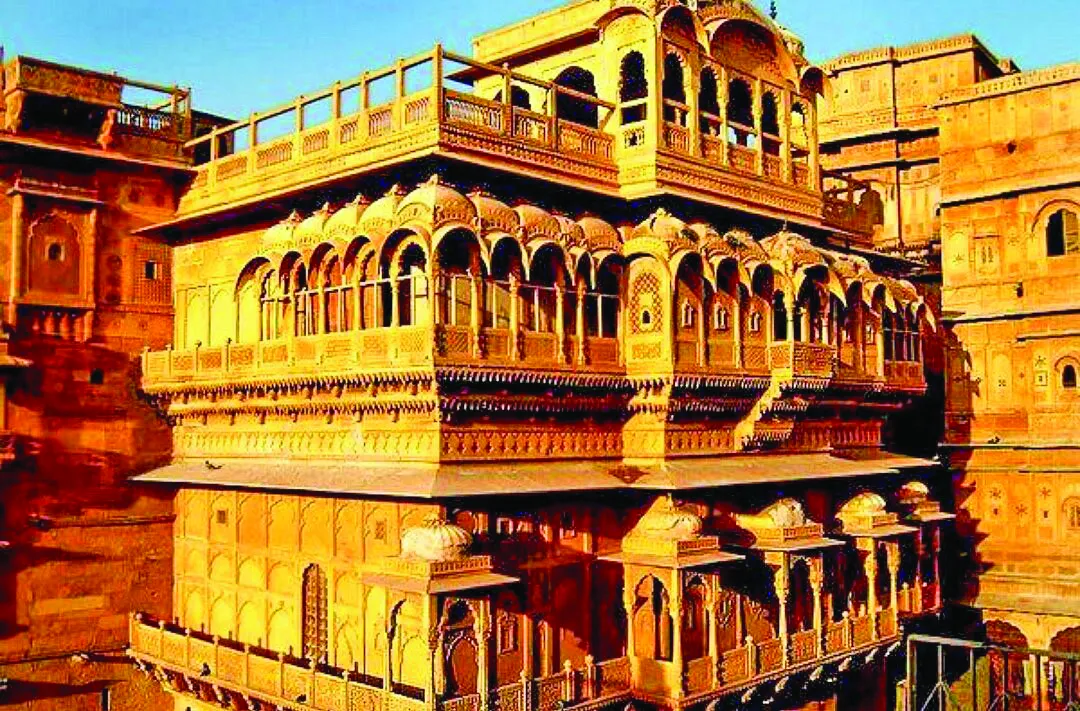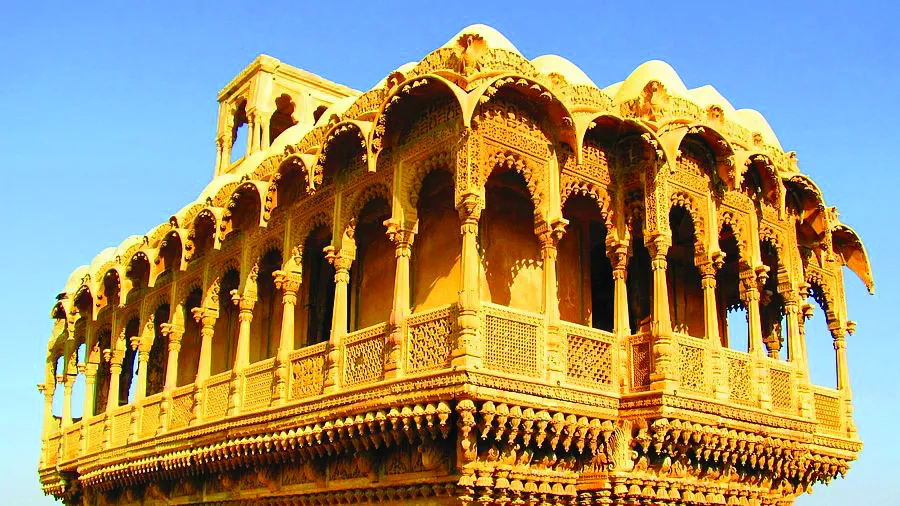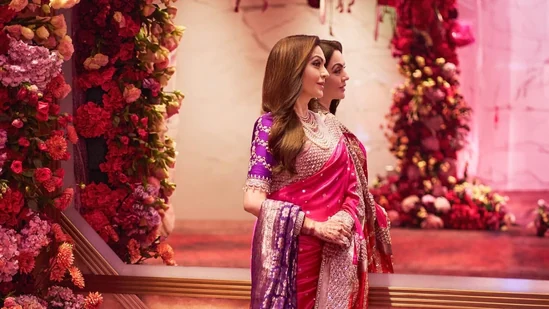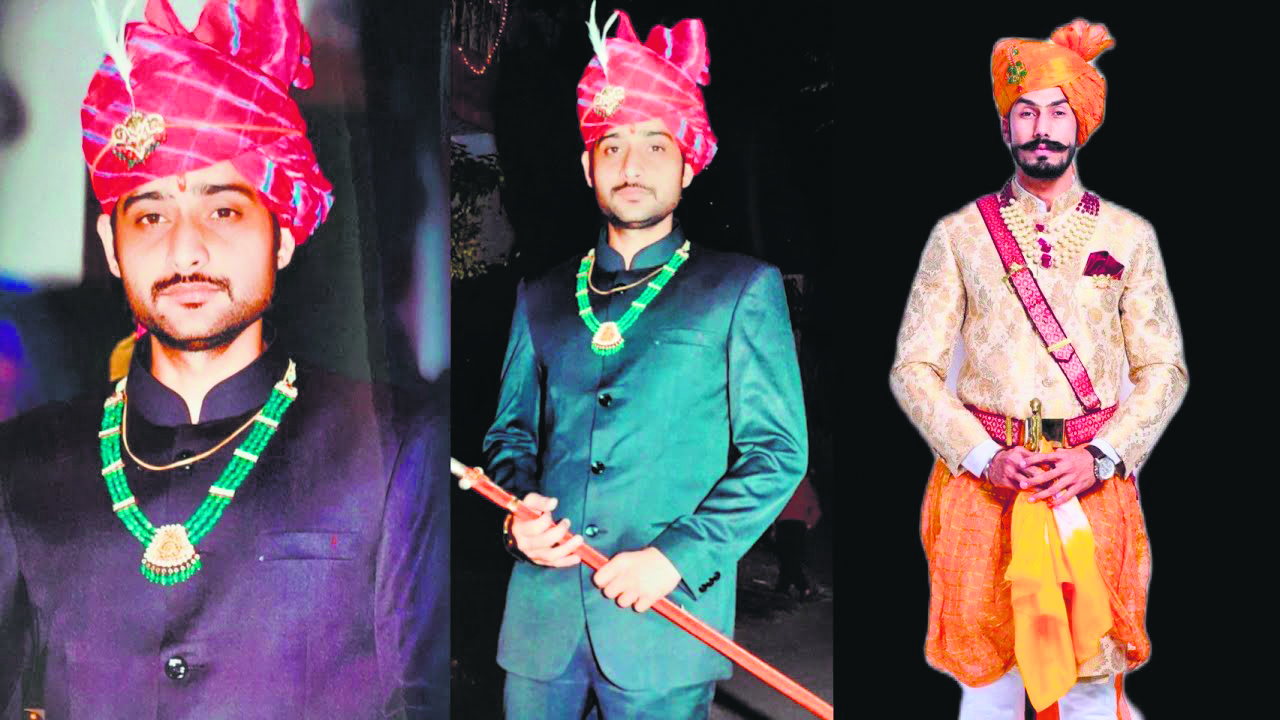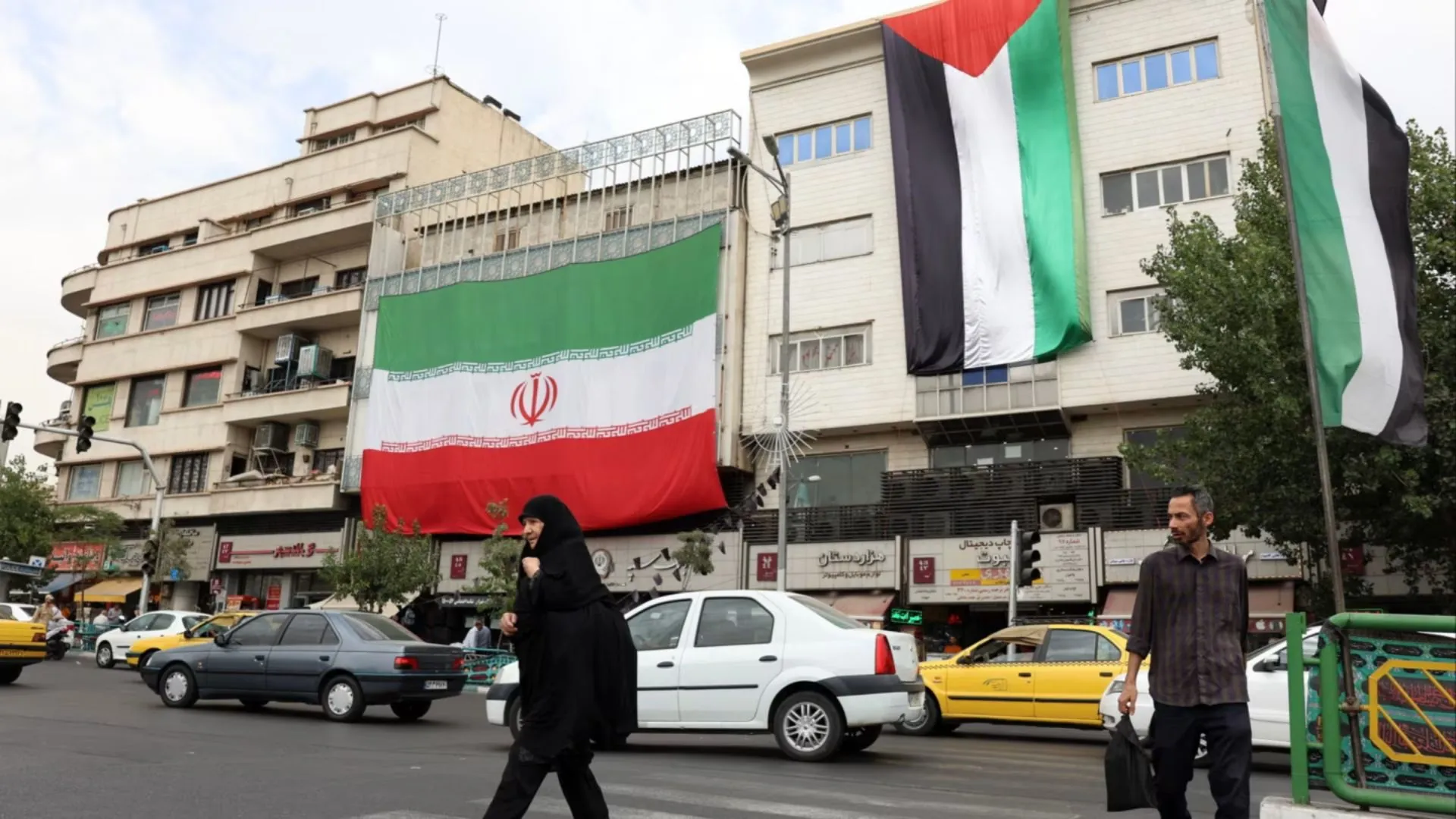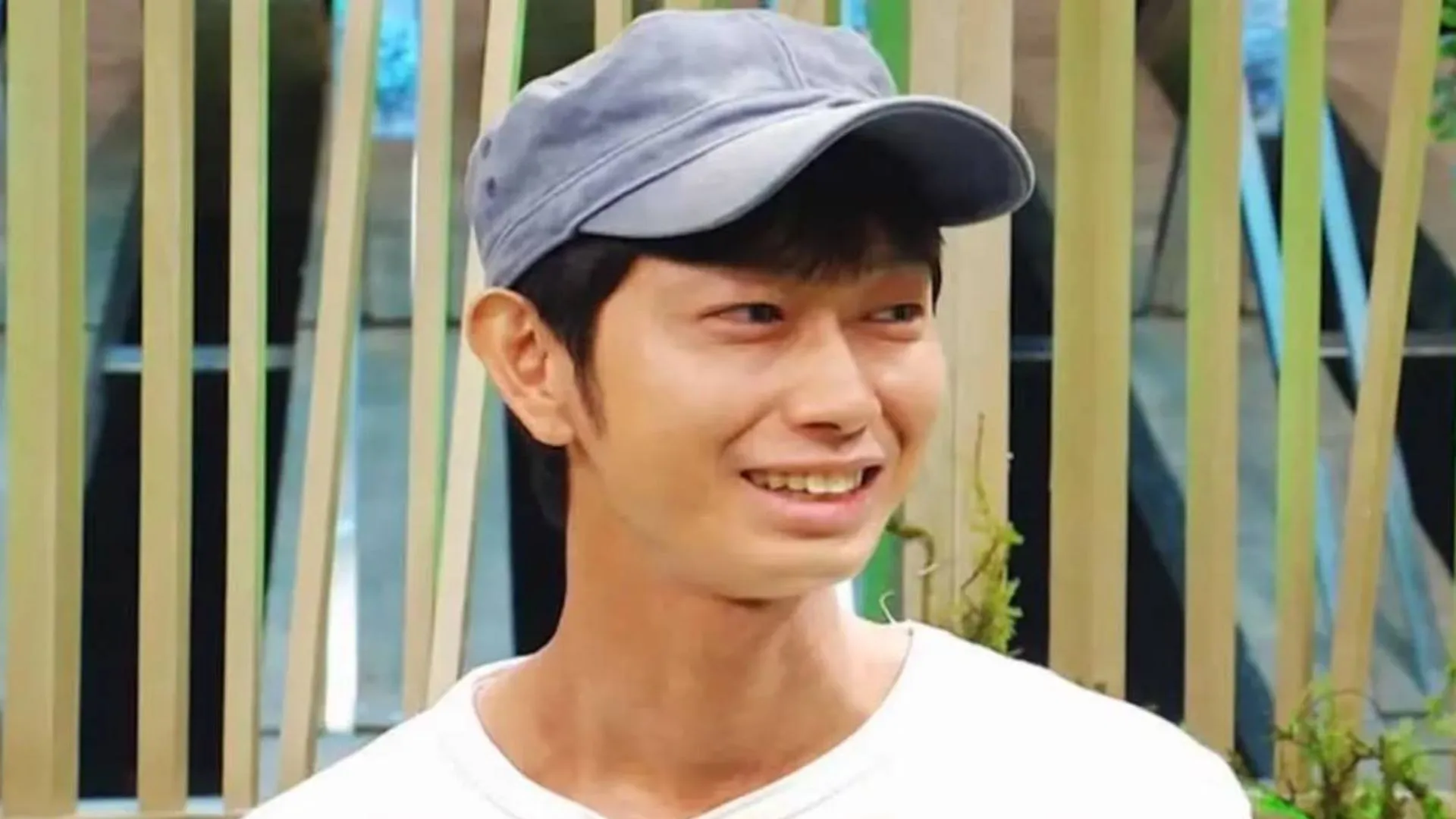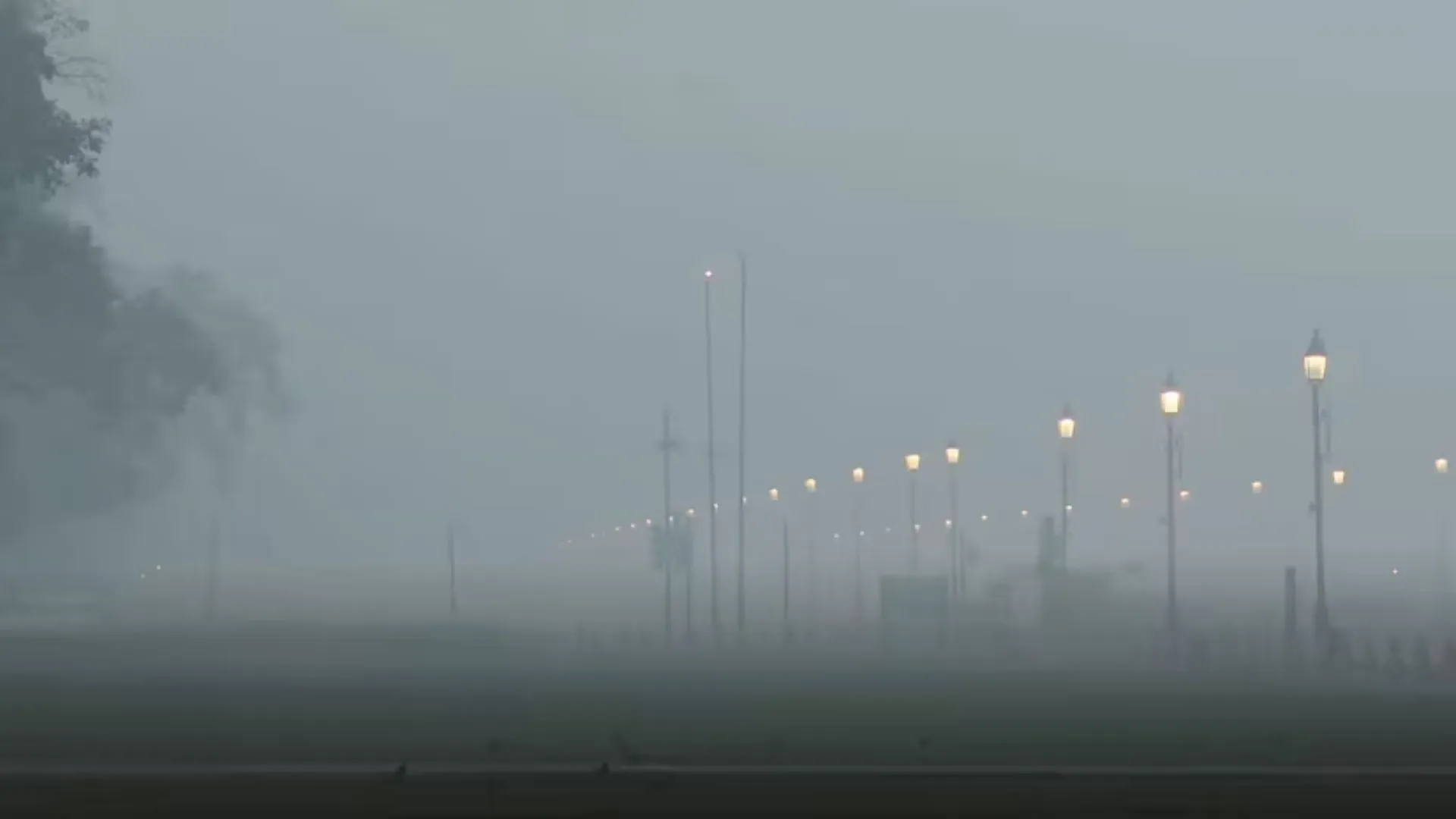On the occasion of Maha Shivratri we look into two iconic genres of miniature and calendar art that is directly attributed to princely India and generously depict Lord Shiva, his wife, Goddess Parvati, and their son Ganesha. A product of the many mystical tales that surround Shiva the destroyer, Ganesha is considered the symbol for starting all things auspicious. He is a God of prosperity and well-being.


The most famed depiction of this trio was by Raja Ravi Varma who dressed this mystic and his family in royal robes, placing him on a throne-like seat, Parvati and Ganesha flanking him while Nandi languorously sits by their side. Hailing from the royal family of Travancore, Raja Ravi Varma broke barriers in bringing details and realism to Indian imagery. Through a delicate interplay of light and shadow, he defined the images of our gods and goddess, with his most famous work being of ‘Lakshmi paintings.’
He used European realism and art techniques for depicting Indian gods and mythological characters, which gradually shaped Indian ‘calendar art’ and deeply influenced our literature as well as film industry.
While Ravi Varma looked towards grandeur, the Guler artists of Kangra captured Lord Shiva in a pristine sense of simplicity. Linear lines, gentle hills, a use of tonal shades, these miniatures are a celebration of the simple life of the hill folks.
The forms of Shiva riding his mount Nandi, his bull, or leaning on it or just in a posture suggestive of leaning on it when it is actually absent, with or without Parvati, are known as Vrishvahana Shiva. In the painting, Lord Shiva is riding his mount and Parvati is seated behind him, and the enthused Nandi is galloping like a horse. Ordinarily, a stream of water gushing from his hair symbolises the presence of the river Ganga. But, instead of that, the artist has painted a female face, obviously the humanised form of Ganga, locked within the knots of Shiva’s hair and the stream of water gushing from its mouth. Similarly have been dramatised Nandi’s gesture, modelling and adornment of its horns and curvature of its tail, both completing a circle.

